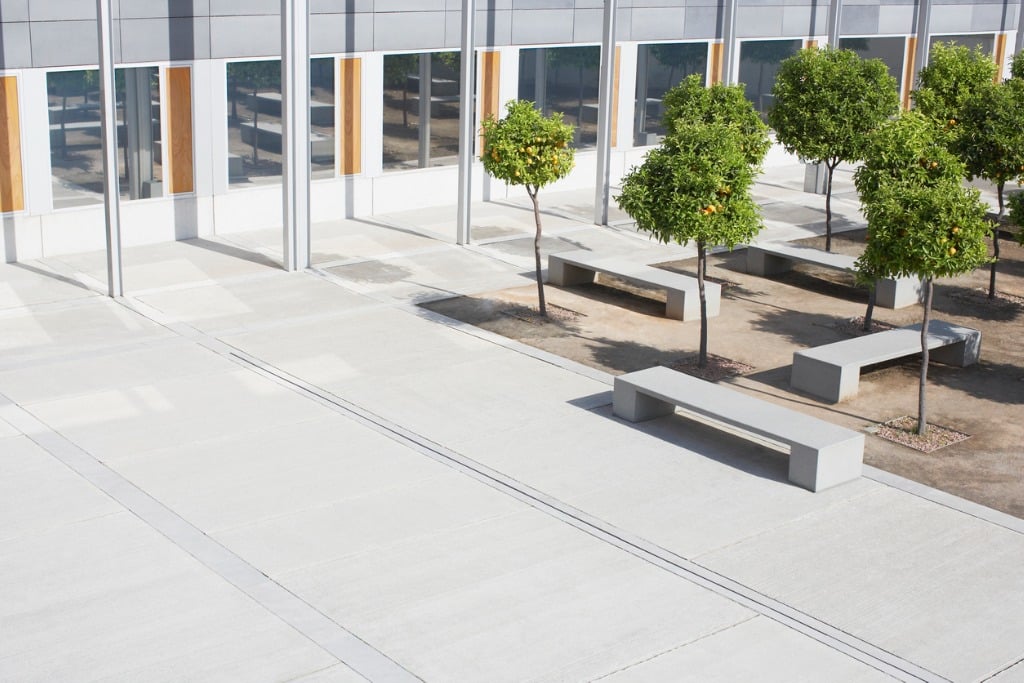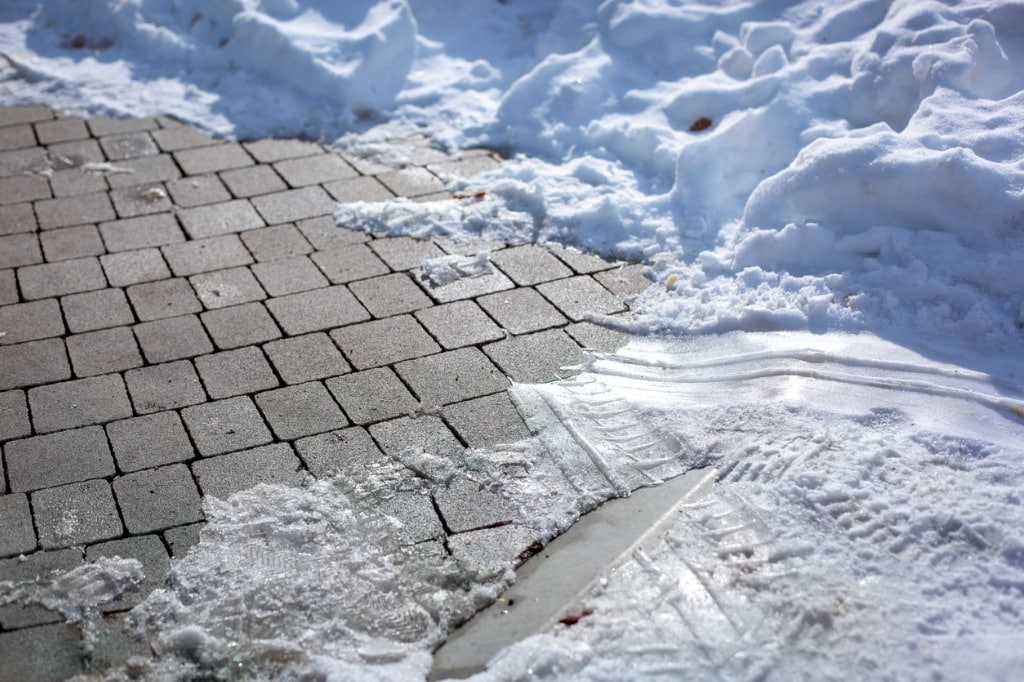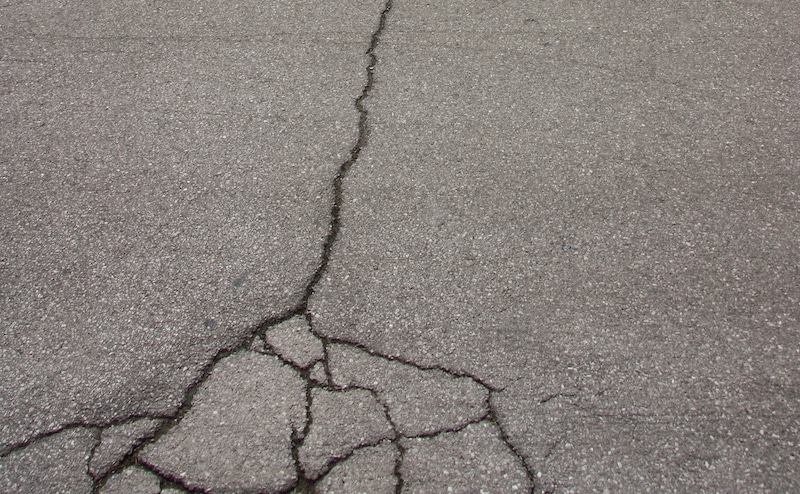Both asphalt and concrete are common construction materials used for different kinds of construction projects.…
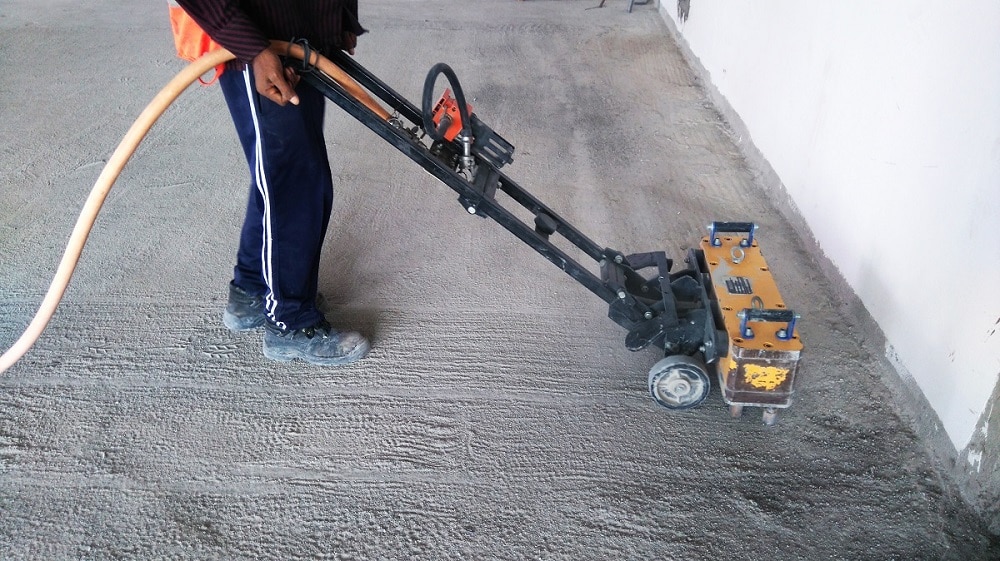
What are the Common Causes and Signs of Shoddy Concrete Pouring?
Concrete is one of the strongest building materials there is, but it can be surprisingly delicate, especially during its pouring and installation. Even after it’s poured and set, concrete is susceptible to sun damage and other forms of deterioration. Unfortunately, these damages can occur more frequently if the installation was shoddy to begin with.
Studies of structural engineering have discovered links between appropriate building materials and the ability of concrete buildings to withstand earthquakes. But more than that, poor concrete installation reduces the overall durability and utility of structures. Damaged concrete driveways can wreck cars, and poorly-installed concrete columns can lead to structural collapse.
Continue reading to learn about the most likely causes for poor concrete installation and the common signs of shoddy concrete pouring.
Causes of poor concrete installation
Poor concrete installation is one of the leading causes of building collapse in the United States. According to a study of 225 building collapses over a span of 11 years, construction deficiencies and poor workmanship were the leading causes of building collapse.
But these adverse conditions themselves are caused by other factors. Here are some prevailing reasons why concrete doesn’t set properly during installation.
1. Bad weather
Concrete requires heat and dryness to set properly. This is especially important for structural components like foundation and support pillars.
Adverse weather events, like rainstorms and floods, can threaten to saturate concrete installations, reducing the strength of the concrete altogether. For this reason, expert concrete installers and contractors are very careful when they pick the time and month they pour concrete.
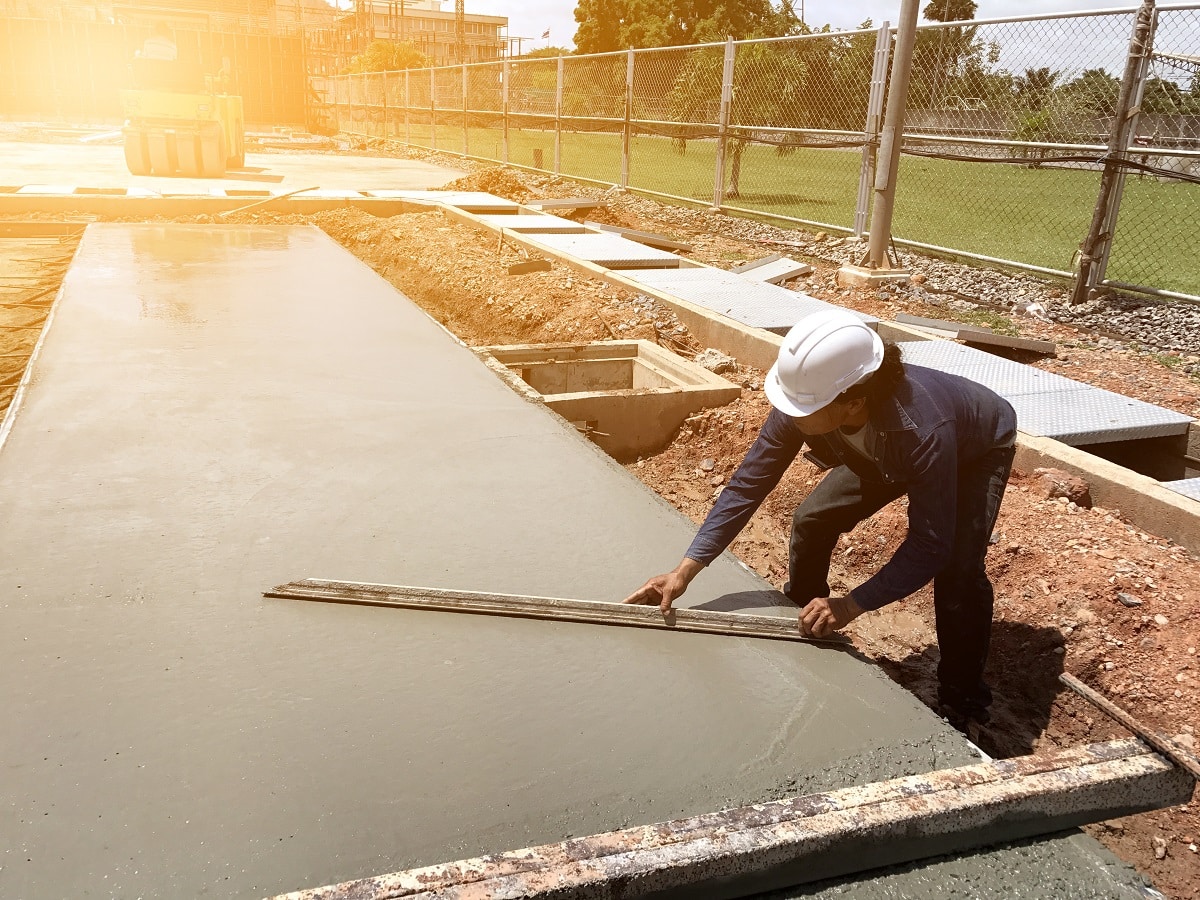
They avoid wet months and winter because these periods have high humidity and the chances of rain or water leeching into the concrete increase drastically. Of course, sometimes summer storms and rain occur anyway, in which case professional contractors often use tarps to prevent the fluid from infiltrating the concrete.
2. Wrong water
As bad as too much water can be for the strength of your concrete installations, it’s still an essential component of making concrete viscous and moldable. However, you need to make sure contractors use the right kind of water to make the concrete durable.
Studies of buildings that collapsed during earthquakes revealed that saltwater (mixed with sea sand and other aggregates) is especially vulnerable to collapse. This is because the salt in the water eats at the metal bars inside the concrete, causing pillars to burst and walls to crack. If you live in a coastal location, make sure your contractors are not using water with a high salt content to ensure this doesn’t happen to your building.
3. Poor Materials
Aside from the presence of water, you also have to make sure the other materials involved in pouring the concrete are top-notch. For example, the sand you mix with the concrete needs to be fine and not infiltrated with other particles. The concrete forms your contractor pours also need to be secure and high quality. Shoddy concrete forms can cause the shape of your structure to warp and possibly even buckle.
Finally, the steel support rods and similar materials embedded inside the concrete also need to be optimized for the structure. Anything less from any of these materials risks undermining the strength of the completed structure.
4. Shoddy Technique
The final factor that could lead to shoddy concrete pouring is the skill of the workers involved. Not every contractor employs workers with enough experience to know the perfect weather to pour concrete. Not every builder has the patience to build durable concrete forms. Some unscrupulous contractors may also try to cut corners to save time or pad their budgets.
Finding a quality contractor who knows what they’re doing and can be trusted to do the job thoroughly is just as essential as preventing water infiltration.
Common Signs of Bad Concrete Pouring
Sometimes, no matter how hard your contractor tries, one of the factors listed above can undermine the strength of the structure.
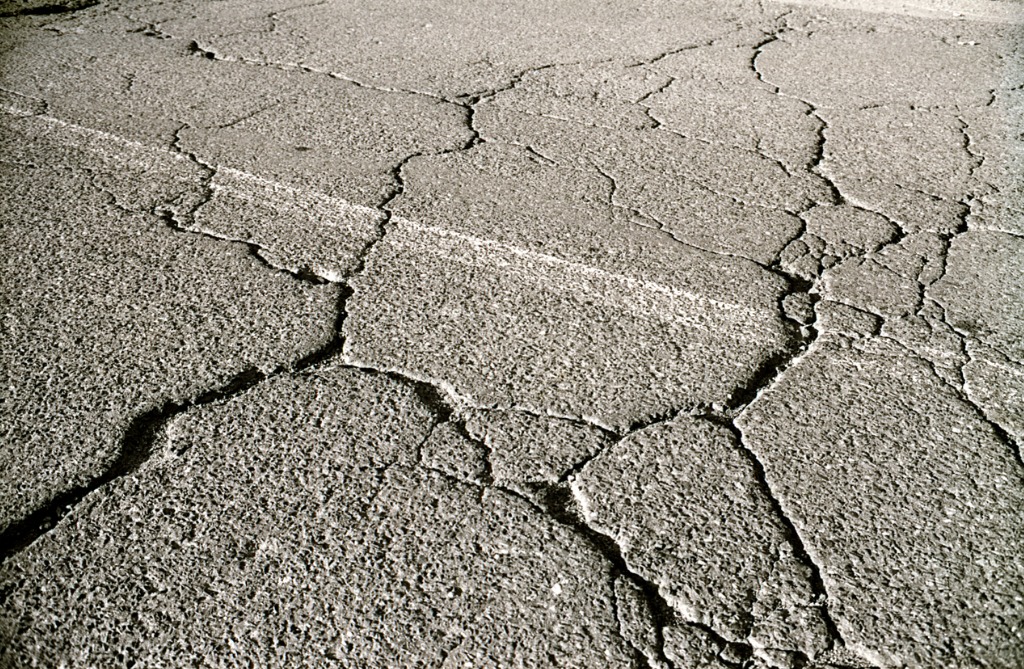 The following are among the most common signs that your concrete has been installed poorly. This list also details what steps you can take to mitigate deterioration and patch up your concrete to prevent further damage.
The following are among the most common signs that your concrete has been installed poorly. This list also details what steps you can take to mitigate deterioration and patch up your concrete to prevent further damage.
1. Bleeding
Bleeding refers to excess moisture and water leaching to the surface of poured concrete while the heavier deposits settle to the bottom. This forces the water up, which manifests as either thin slicks of water or outright puddles.
Although some amount of bleeding is inevitable when concrete is settling, too much water undermines the strength of cement, especially if it’s used for the foundation or support columns. Excessive bleeding is a sign that too much water has leached into the cement, and this could cause all sorts of problems after the cement has fully dried.
There are two methods to prevent bleeding or oversaturation of water. The first is to ensure no groundwater or rainwater drips into the concrete your contractor just poured. Keeping an eye on the weather and the state of the soil is essential in this regard. The other is to pay attention to the water-concrete ratio. This refers to how much water is needed to make the concrete malleable enough without oversaturating it.
2. Delamination
Delamination refers to when pieces of concrete separate from other layers to a substantial degree but still remain attached to the greater part of the structure. Although the piece may look solid and stable, it’s actually ready to break off. You can identify delaminated areas by tapping on them. A hollow, echoey thump will indicate that there is a space behind the concrete, meaning it’s already separated.
Delamination is caused by damage to the interior of the concrete, usually deep cracks inside the structure or the buckling of supports embedded inside. It can also be caused by overlaying new concrete layers on top of dilapidated older concrete, usually as means to patch over previous damage.
The only way to prevent delamination is to ensure the interior support structure of the concrete is strong enough to resist damage. You should also ensure that any additional layers of concrete are properly adhered and attached to older layers.
3. Honeycombing
This sign of poor workmanship looks like multiple air pockets and voids in the concrete. This may look like rough surfaces on the exterior but can present as dangerous empty spaces deep inside the cement. Honeycombing is the result of improper tamping and a contractor’s inability to completely fill up the areas with appropriate particles.
Honeycombing is particularly difficult to detect because it’s only visible after the concrete forms have been removed, meaning the cement has already set and dried. The severity of concrete honeycombing is categorized by how deep the air pockets and voids are in the finished structure.
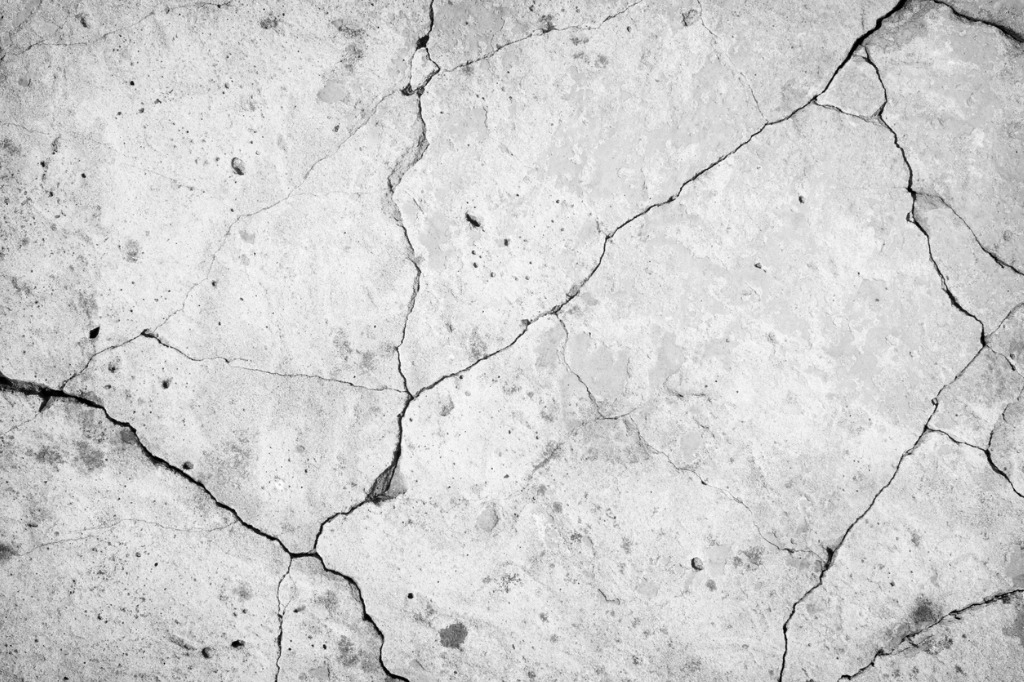 The only way to prevent concrete from honeycombing is to make sure the concrete is properly tamped down after it’s been poured. You should also check to see if your contractor has used enough aggregate materials, like sand or gravel, to ensure that there are enough substances to fill up possible air pockets in the form.
The only way to prevent concrete from honeycombing is to make sure the concrete is properly tamped down after it’s been poured. You should also check to see if your contractor has used enough aggregate materials, like sand or gravel, to ensure that there are enough substances to fill up possible air pockets in the form.
4. Cracking
Perhaps the most tell-tale sign of shoddy concrete pouring is the presence of cracks. The primary cause of cracks in dried concrete is tensile stress on the structure. This can be caused by excessive weight settling on one end of the surface, miscalculations of the strength of the materials used, and violent movements like earthquakes. Cracks can remain only on the surface, or they can extend all the way through the membrane.
Proper calculations and the correct materials are both important to preventing concrete from cracking. Some types of concrete have different resistance to tensile stress than others. The inner support structure is also important, as they prevent most of the stress from resting on the brittle concrete.
If you spot hairline cracks on your concrete structure, you should seek professional help immediately to identify where you can best brace the structure and spread the stress more evenly.
5. Spalling
Spalling is the most alarming sign of heavily-deteriorated concrete or poorly-installed concrete. This refers to large chunks and pieces of the concrete falling away completely, often exposing interior support, like beams and wires. Spalling is the eventual result of delamination when an already separated layer fully detaches from the main structure. Spalling often occurs the same way as potholes: through the freeze-thaw cycle that often happens in winter.
There are many ways to ensure concrete doesn’t delaminate and eventually spall, including checking the concrete mix you’ve ordered and properly curing the resulting structure. Keeping the structure dry as it cures is also important to prevent moisture from building up inside the concrete and freezing in cold weather.
You can rely on K&E Flatwork for all of your concrete pouring needs!
Concrete may be one of the strongest building materials available to you, but like all building materials, it needs to be mixed and applied with care. Sloppy work or careless installation can endanger the occupants of your structure in the long run.
K&E Flatwork is a professional concrete installation and repair company that boasts both the necessary tools and experience you need to get the job done right. With our help, your concrete structures won’t be showing any signs of damage or deterioration any time soon. If you have any inquiries, email us at info@keflatwork.com or call us at (816) 892-0139!

